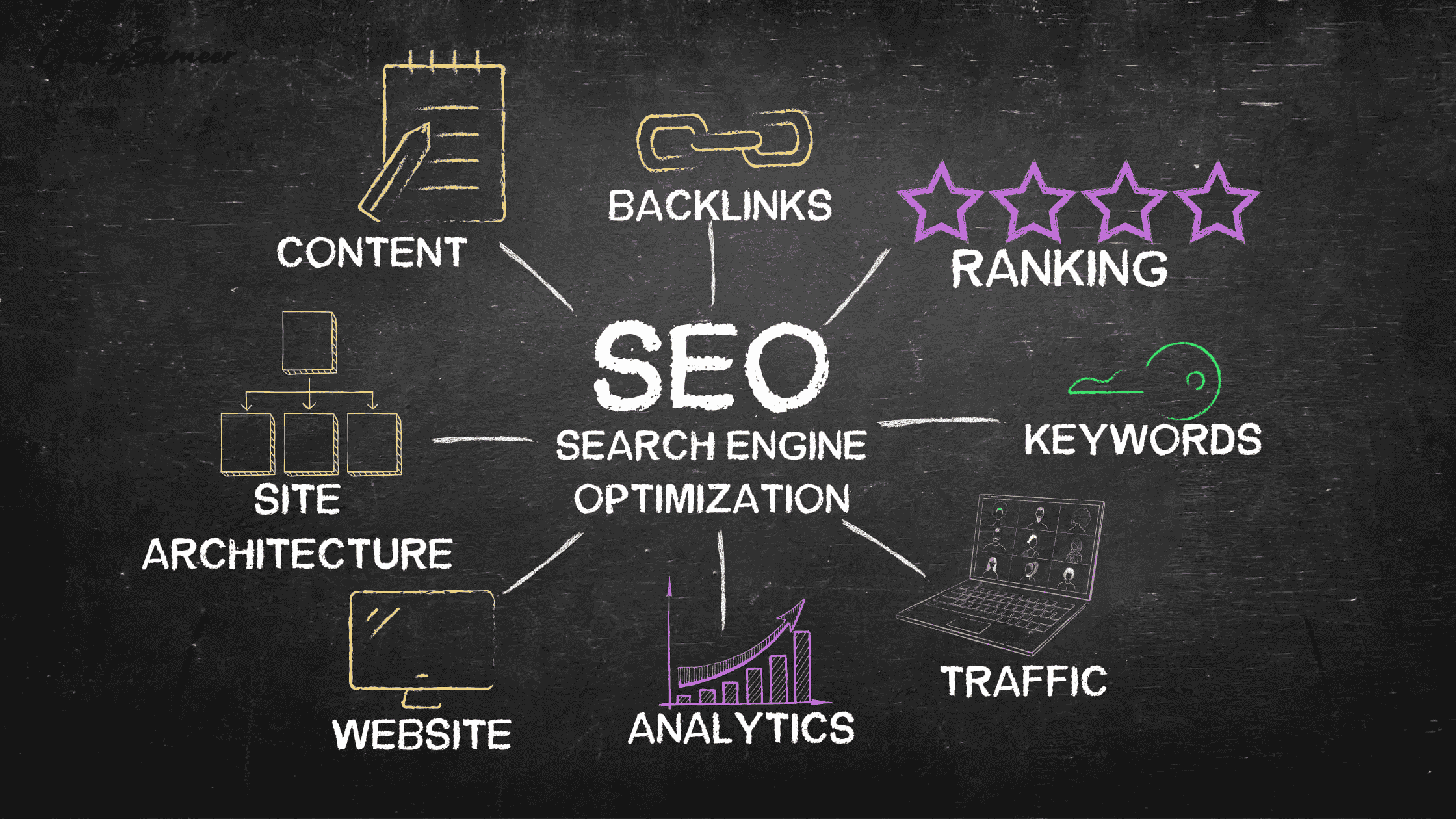How Continuous Integration Enhances Workflow Efficiency for B2B Businesses
The continuous integration concept can help companies that work in software development and similar pursuits. Not all business entities use it at the moment, but many do. Maybe you’re holding out, though, because you feel like setting it up for your company won’t have enough perks to make it worth it.
Continuous integration brings notable benefits, though, so you should at least consider it. You might also notice some particular issues that indicate it’s time to give it a try if you’re not utilizing it yet. We’ll run through some of those in this article.
What Does Continuous Integration Mean?
If you don’t know much about the DevOps world or software development in general, you might not encounter a term like continuous integration every day. Let’s quickly define it before we dive into some situations where you might need to implement it.
Continuous integration refers to a specific kind of DevOps practice. If you’re using it, your developers will regularly merge the minute code changes they make using a central repository.
It’s not just about modifying the code as you build on it, though. You’re also testing it. When you do so, you can often create software that will stand up to virtually any kind of use. You can look at continuous integration as a way of continually testing and probing the software as it becomes more rounded and closer to a time when you can release it to the public.
Now, let’s talk about some sure signs you should try it if you’re not doing so yet.
Your IT Professionals and Developers Can’t Get Along
Developers and IT professionals often work closely together. You might have both teams within your company, each one having assignments that sometimes touch on or play off of each other.
If they’re getting along, that’s great. However, they might sometimes butt heads, and if you think about it, you can easily see why. They must often check each other’s work. When they do, they might notice errors or weaknesses in the code that will go into a new software program or platform that you’re going to use or make available to the public.
If you’re using continuous integration, testing the code makes up a large part of what it does. By using it, you’re essentially testing the software without using humans.
You’ve automated part of your system, and that’s often helpful for many industries and niches. What’s more, you’re setting up a system where you won’t have your human workers checking each other’s work and commenting on it, which might cause rifts between individuals or departments.
You’re Not Getting Your Products Out on Time
You might also feel like you need to set up and use continuous integration if you have a product launch schedule to which you want to adhere and you’re not meeting those target dates. If you set a target date by which you want to launch a product, that’s probably not arbitrary.
You might have a date in mind because you want that product to hit the market before the start of the first quarter, for instance. Maybe you’ve learned through market research that companies like to rent software platforms via software-as-a-service models right around the same time every year.
If you can’t your software on the market by that date, you might not make as much that quarter or year as you would like. That can have serious repercussions. You may have a situation where you must lay people off because you can’t afford their salaries. Your whole business can even fail in extreme cases.
You can combat all of that with continuous integration. Once you set it up, you can often come out with products faster, especially new software packages or platforms. You can potentially start hitting those target dates and turn your company’s fortunes around.
You’re Finding Too Many Weaknesses in Your Products Post-Launch
You may also have a different but related problem. Maybe you’re coming out with your new software products on time, but you’re getting a lot of customer complaints about them. You might get the same complaints again and again, indicating particular issues that got past your quality control team before you launched those products.
Human error often enters into these situations. Even if you feel like you have a competent team of developers, they might not anticipate every software flaw.
Automation can work in these instances in the form of continuous integration. When you build on your fundamental or base code using it, you have that system in place that checks and rechecks each software iteration before approving it. That feature alone might make you decide to go with continuous integration, even if you got along without it up to this point.
You’re Using Your Workers for Code Testing, and It’s Taking Up Their Time
You also only have a limited number of workers in your company, regardless of your niche or industry. The more you hire, the more money you spend.
May be you have many individuals working for you who have an impressive skill set. They can develop code, test software, and more. However, they can’t do everything at once.
If you allocate certain tasks to each individual, they can only do so much with their waking hours. If there’s simply too much work and not enough employees to do it, you’ll miss your product release dates and won’t meet your sales goals.
If you’re using too many of your workers for code testing, and it’s taking up too much of their time, you might set up and use continuous integration for that reason. Just as automating this task can prevent conflict, it can also free up your workers to do other things.
You probably want this since it means you won’t have to hire even more employees. You can keep a lean crew in place and check the software’s efficacy without any humans required.
Conclusion
B2B business procedures can be greatly improved by continuous integration, especially in the software development industry. Code testing can be automated to decrease human error, accelerate product launches, and enhance communication between development and IT departments.
Continuous integration can be implemented to improve efficiency and provide faster, more dependable releases, which will eventually benefit the business and its clients.










